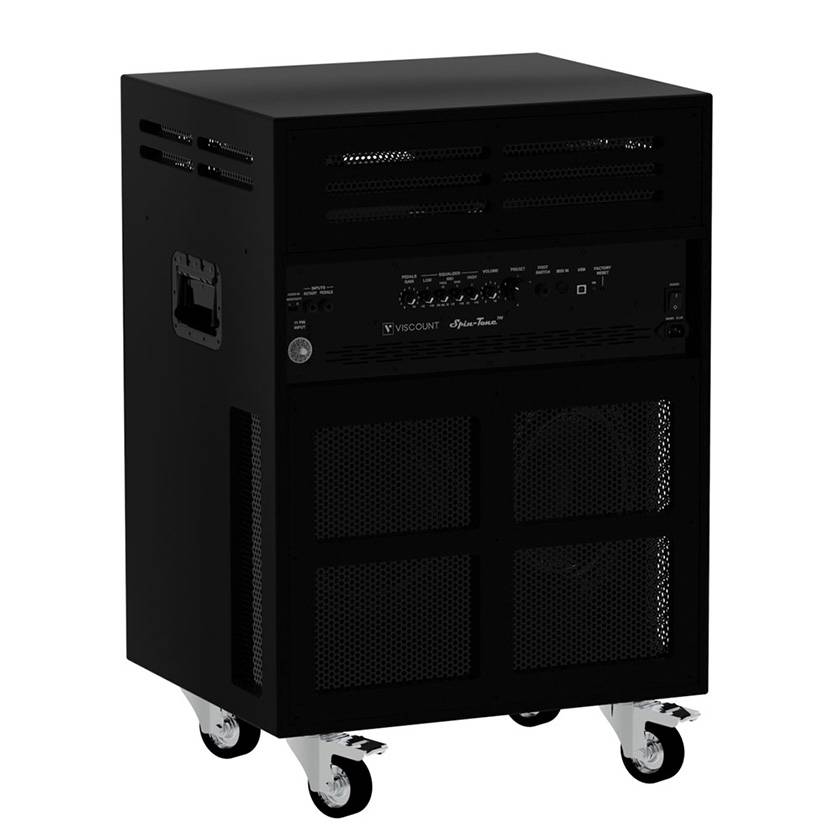
- What is a Leslie speaker? -
The Leslie speaker was developed by Donald Leslie in the 1940s.
It features two types of speakers called the horn rotor (a speaker that produces high frequencies, like a tweeter) and the lower rotor (a speaker that produces low frequencies, like a woofer), which are rotated by a variable motor.
■ Doppler Effect
This is a phenomenon that is usually known from ambulance sirens.
The blaring sound becomes higher as it gets closer, and conversely, becomes lower as it goes further away.
Leslie speakers take advantage of this effect through the speaker’s rotational speed.
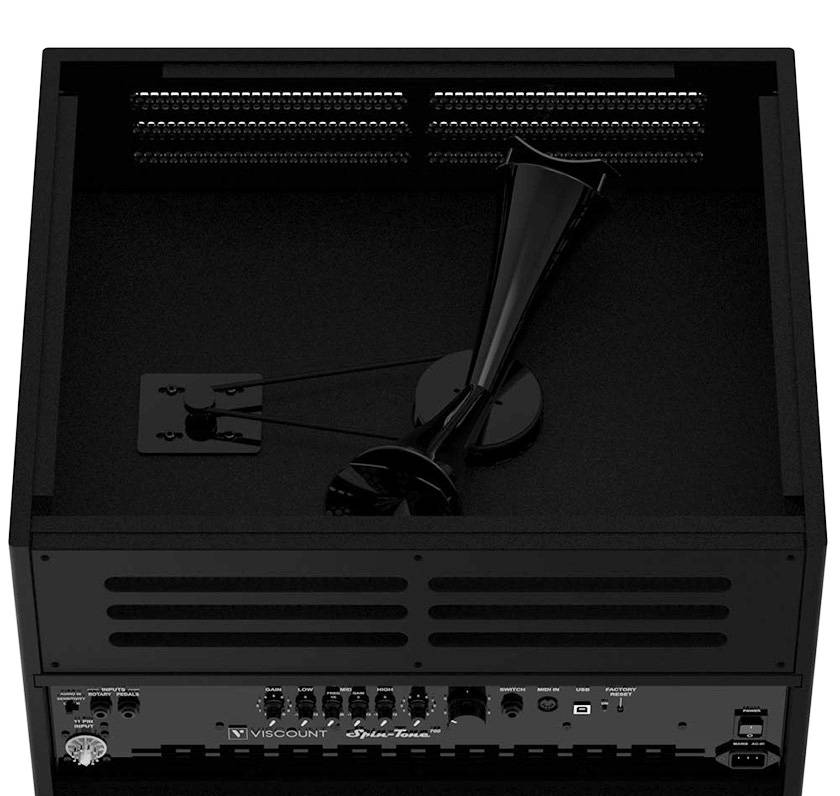
Here is an image of a horn speaker.
This speaker rotates to move the sound closer or further away.
The speed of the speaker rotation can be changed.
The faster the rotation speed, the closer the sound is the higher the sound gets; the slower the rotation speed, the further away the sound gets and the sound gets lower.
This is the principle behind the Doppler effect in Leslie speakers.
The same thing occurs in the lower speaker, although it cannot be seen from the image.
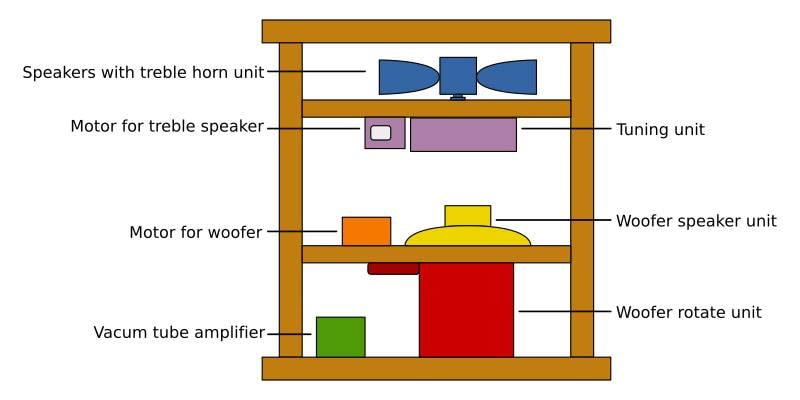
Leslie speaker (mechanical diagram), CC BY-SA 2.5 DEED
(from Wikipedia)

Many of today’s electric organs have a pronunciation method that’s modeled after the Leslie speaker, and the Viscount Legend Live KeyB and Hammond SKX PRO that I introduced in my previous blog post also have a button that sounds like a Leslie speaker.
So, the question may arise as to why buy a separate speaker now?
I believe there are two main reasons for this.
The first is that, just as you experience a difference in the sound of a guitar, for example, between the sound recorded with a preamp and the sound recorded with an amplifier, the keyboard also feels different between the sound of a line input and the sound played through an amplifier.
The second is that the realistic movement and fluctuation of these speakers is a point that cannot be fully reproduced by modeling.
In both cases, no matter how extensive the modeling functions are, the real thing seems to prevail in terms of power, temperature, and other sensations.
Sound House also carries Behringer and Laney keyboard amplifiers, as well as Hammond and Viscount, which also offer Leslie speakers.
There are a few differences between Leslie speakers and the keyboard amplifiers in terms of actual use.
■ Rotary Effect
As I have described, a Leslie speaker is a speaker that changes its sound by rotating.
The SLOW / FAST / STOP speeds and the time it takes for each speaker to change can be set for each tweeter and woofer.
When combining an organ and a Leslie speaker, a footswitch or Leslie switch is used to control changes in these parameters.
■ How to Connect with Keyboard
The most common keyboard connections are by MIDI, USB, and audio cables.
MIDI and USB connections are often used to connect a MIDI keyboard as an external controller or for simultaneous sound output.
Audio cable connections use cables that output audio signals by means of a phone cable or cannon cable, as is the case with other instruments like guitars.
Although some models of Leslie speakers have these terminals, today’s most common method of connection to organs is with an 11-pin cable.
This cable is like a MIDI cable the size of a power socket, and as the name suggests, it has 11 pins.
This cable can send special parameter signals such as MIDI signals in addition to audio signals, and this output method allows not only sound to be output from the speakers, but also to link parameter changes such as SLOW / FAST / STOP, and allow knob and switch controls from the organ itself.
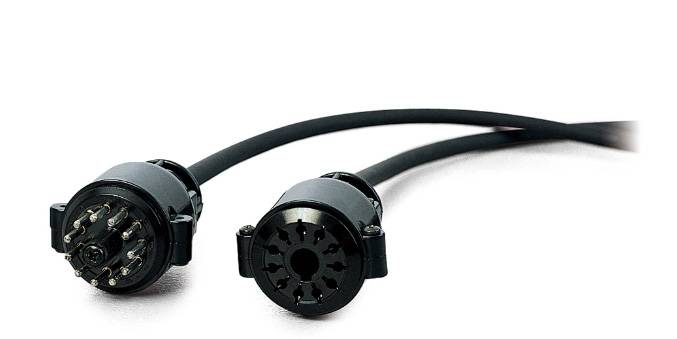
In the past, there have also been other MIDI connection methods such as 8-pin cables and 6-pin cables that are just like MIDI cables.
Recently, Hammond has released the 122H and 142H Leslie speakers, which are vintage reissue models that can connect to older models with just a 6-pin connector like the Hammond B3, making it possible to connect older models that could not be connected with the 11-pin cable.
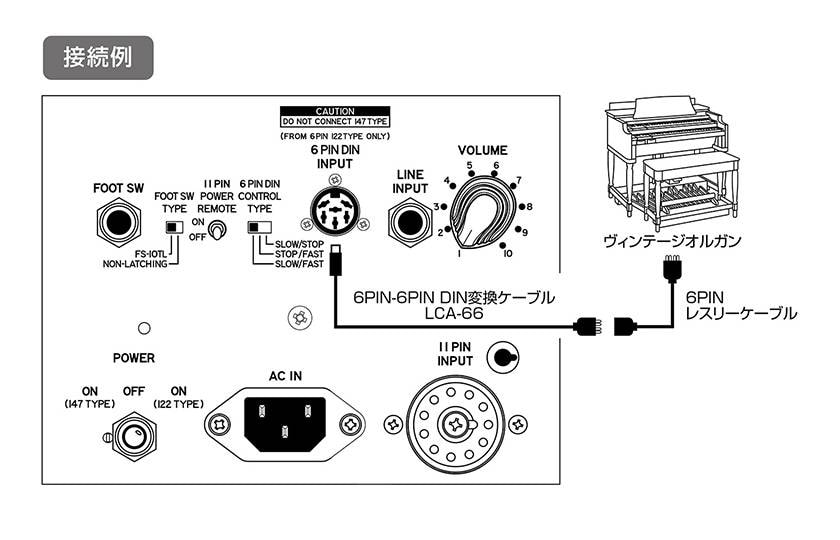
■ Speaker Layout
Most keyboard amplifiers are equipped with at least one woofer and one tweeter, and monaural output is common.
There are also models with two or more units each, which can provide stereo output.
They are square-shaped when viewed from the front, which is similar to a guitar combo amplifier.
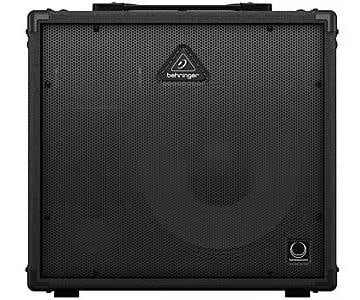
In contrast, many Leslie speakers are equipped with one tweeter and one woofer, and looking at the words alone, they don’t seem to differ much from regular speakers.
However, most of these speakers are more than twice as large and heavy because they are equipped with a space or mechanism to rotate.
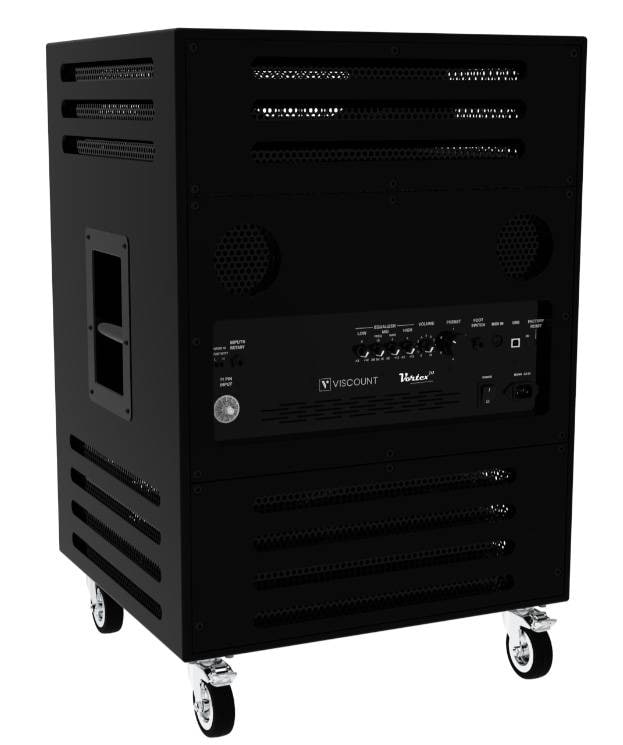
Today, products such as Hammond’s 2101mk2 and Viscount’s Spin Tone 400 are available that reduce the weight and size by rotating only the tweeter and using a modeling speaker for the woofer.







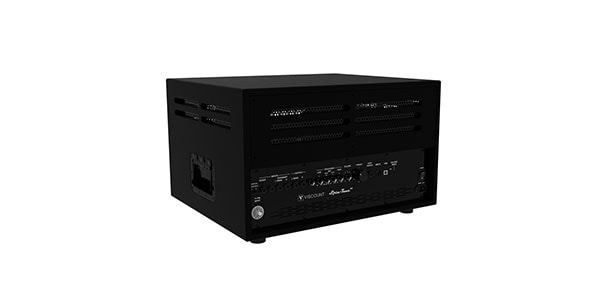
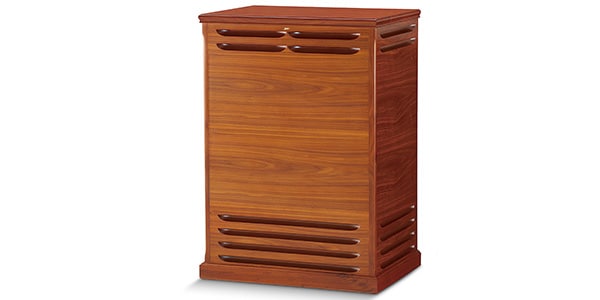
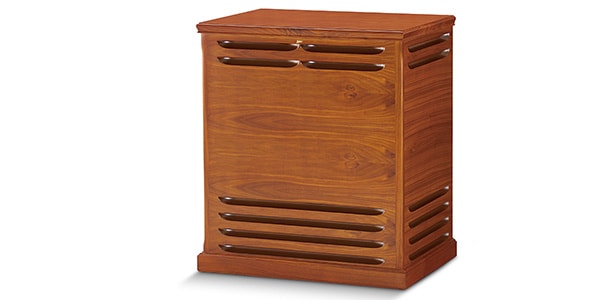
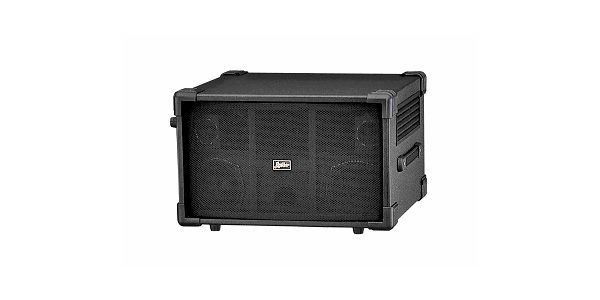
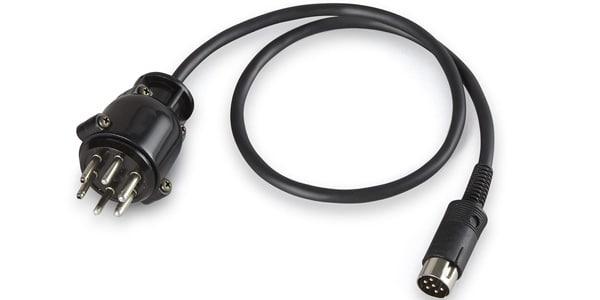
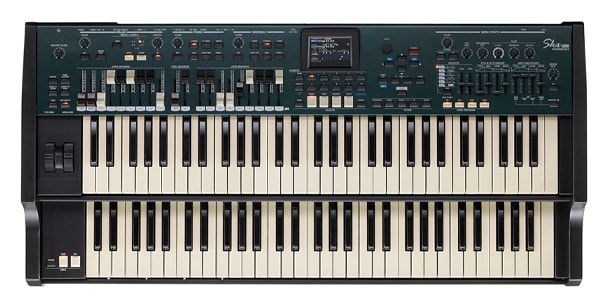

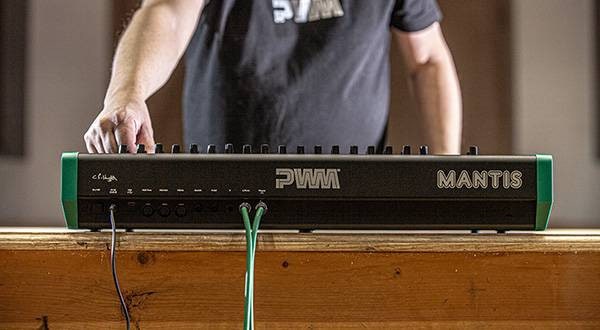

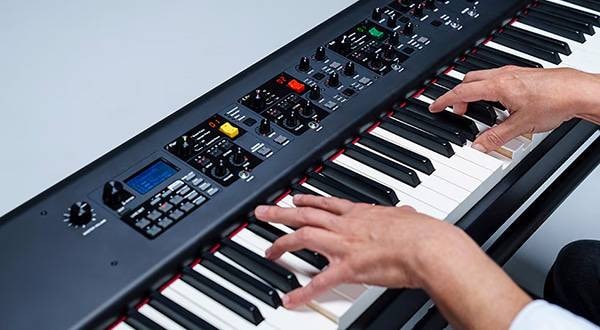
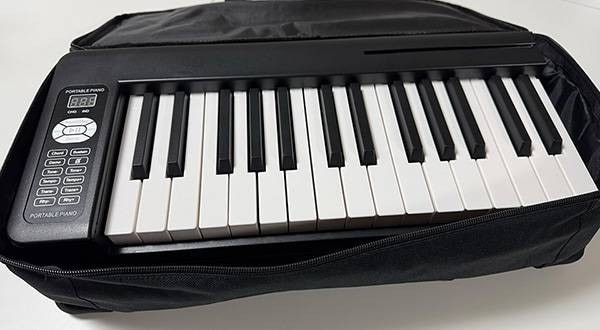
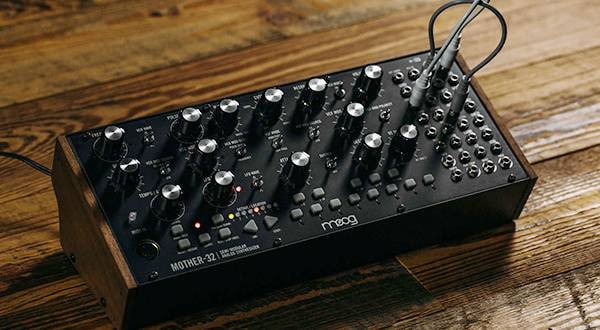


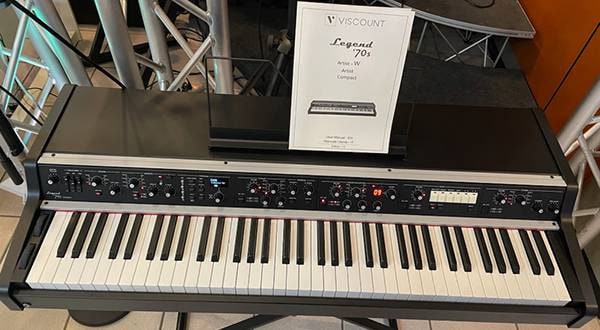
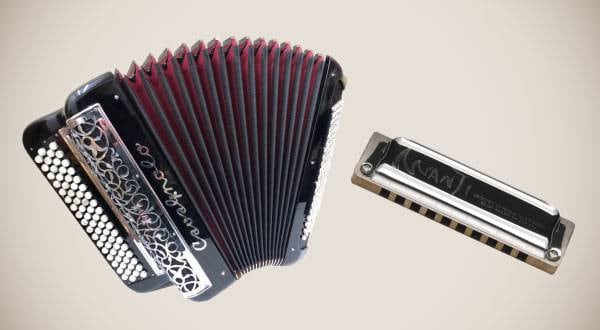

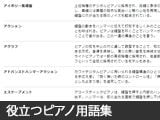 自分にあったピアノを選ぼう!役立つピアノ用語集
自分にあったピアノを選ぼう!役立つピアノ用語集
 各メーカーの鍵盤比較
各メーカーの鍵盤比較
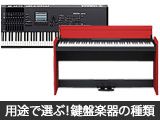 用途で選ぶ!鍵盤楽器の種類
用途で選ぶ!鍵盤楽器の種類
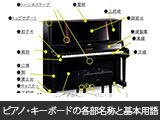 ピアノ・キーボードの各部名称
ピアノ・キーボードの各部名称
 キーボードスタートガイド
キーボードスタートガイド
 キーボード・ピアノ講座
キーボード・ピアノ講座















